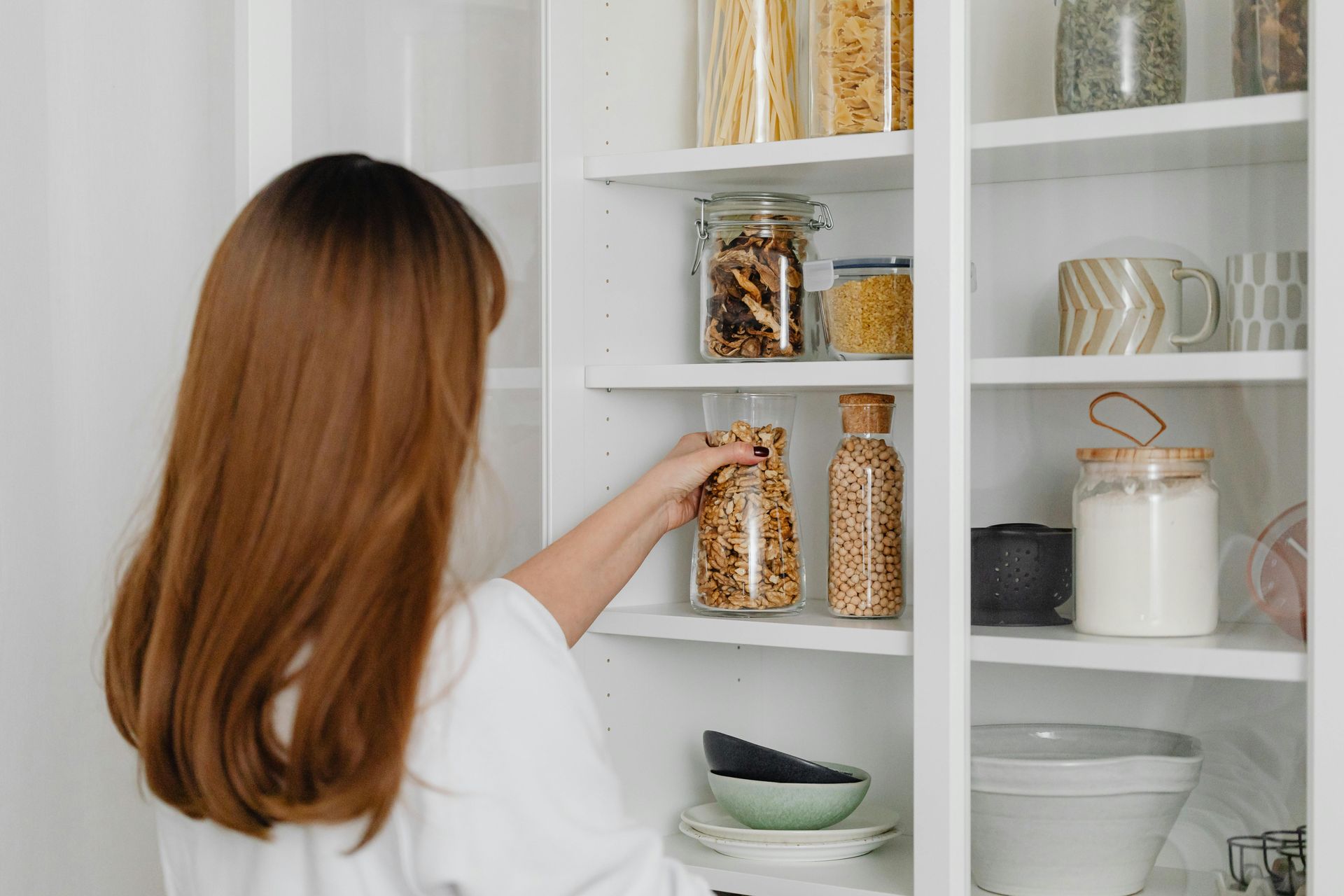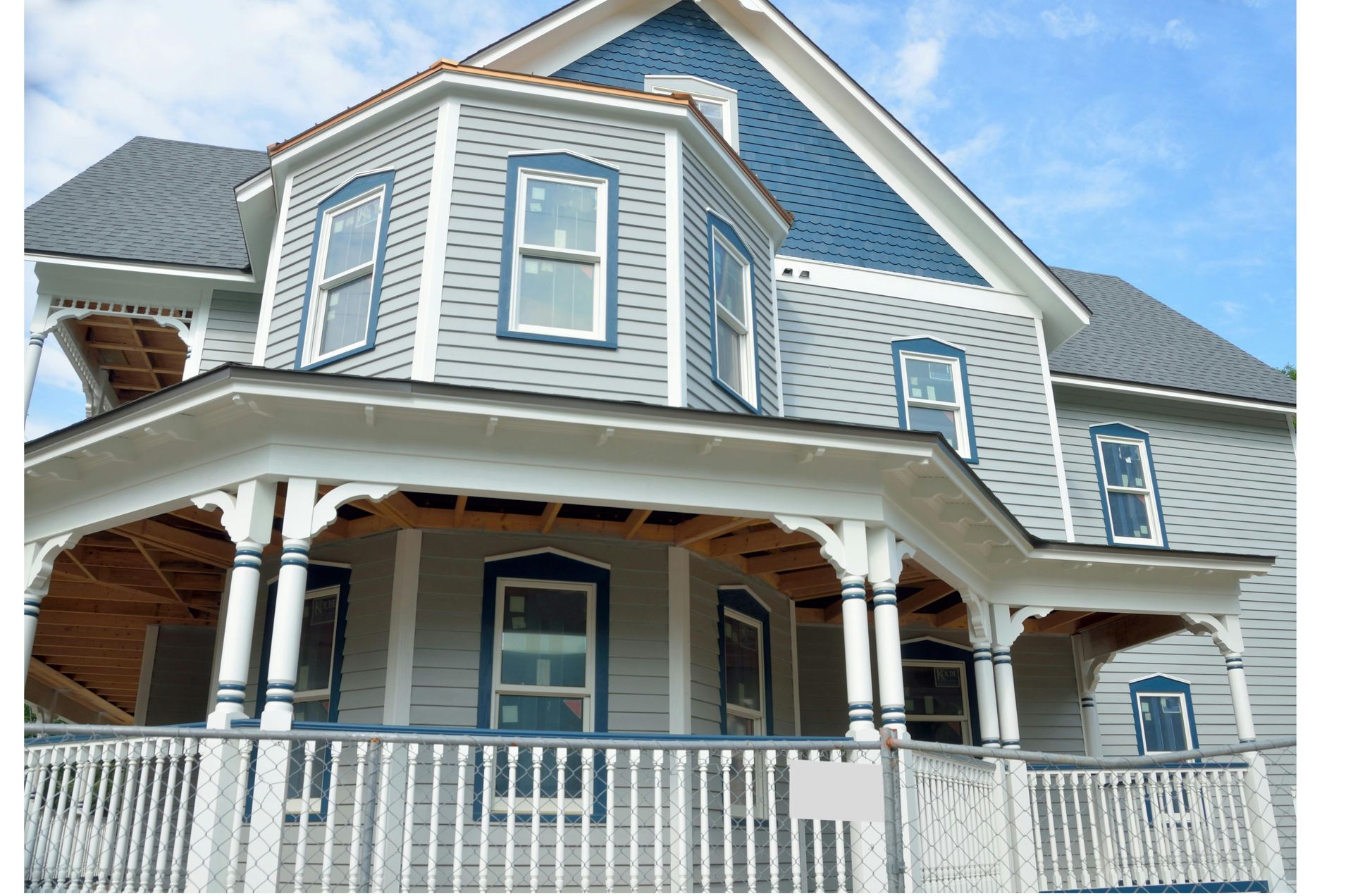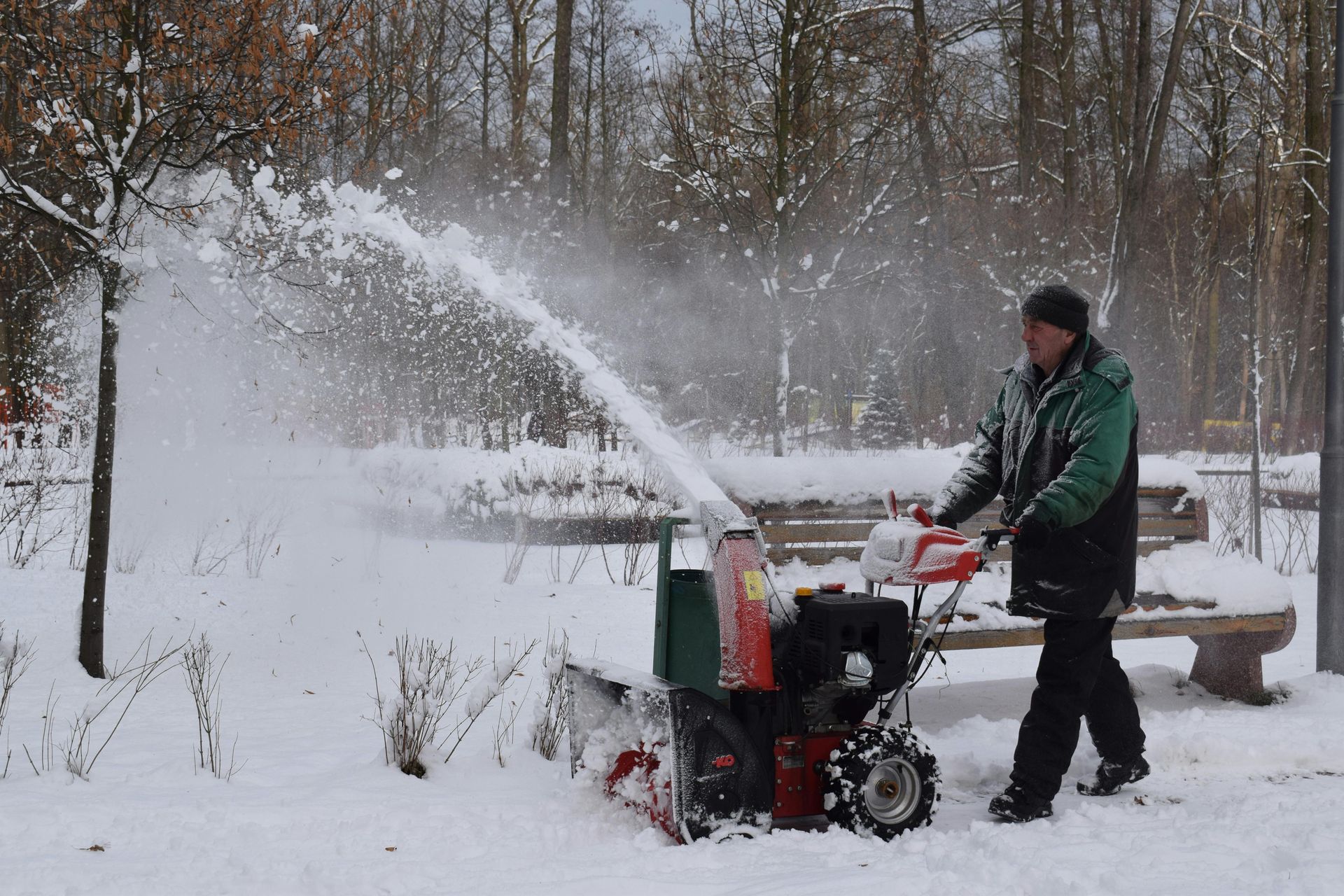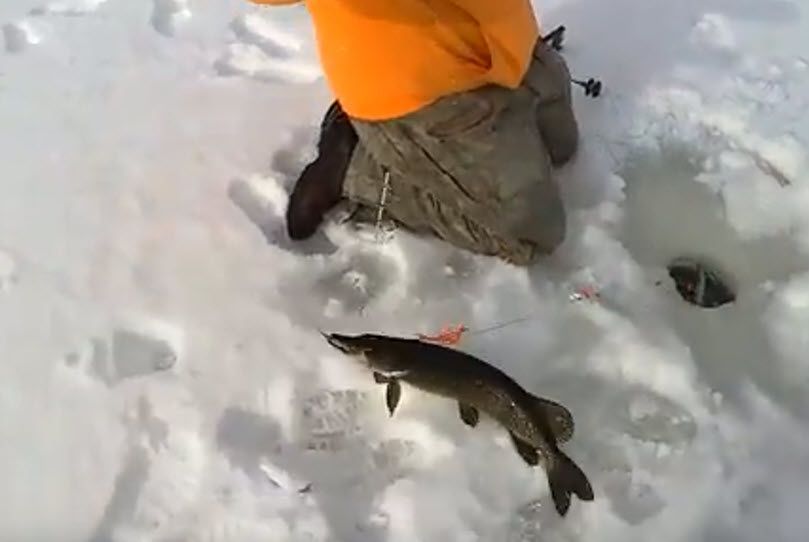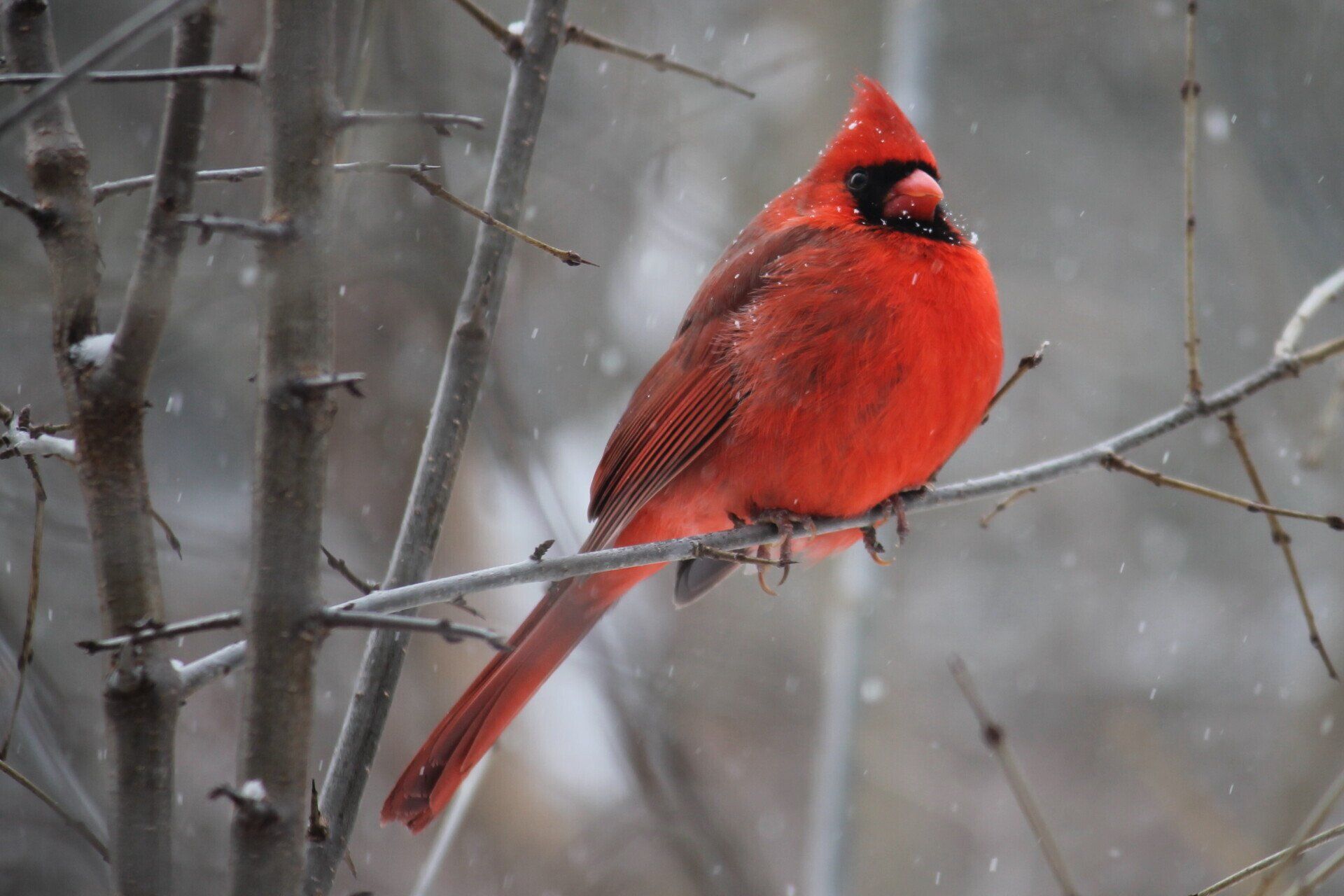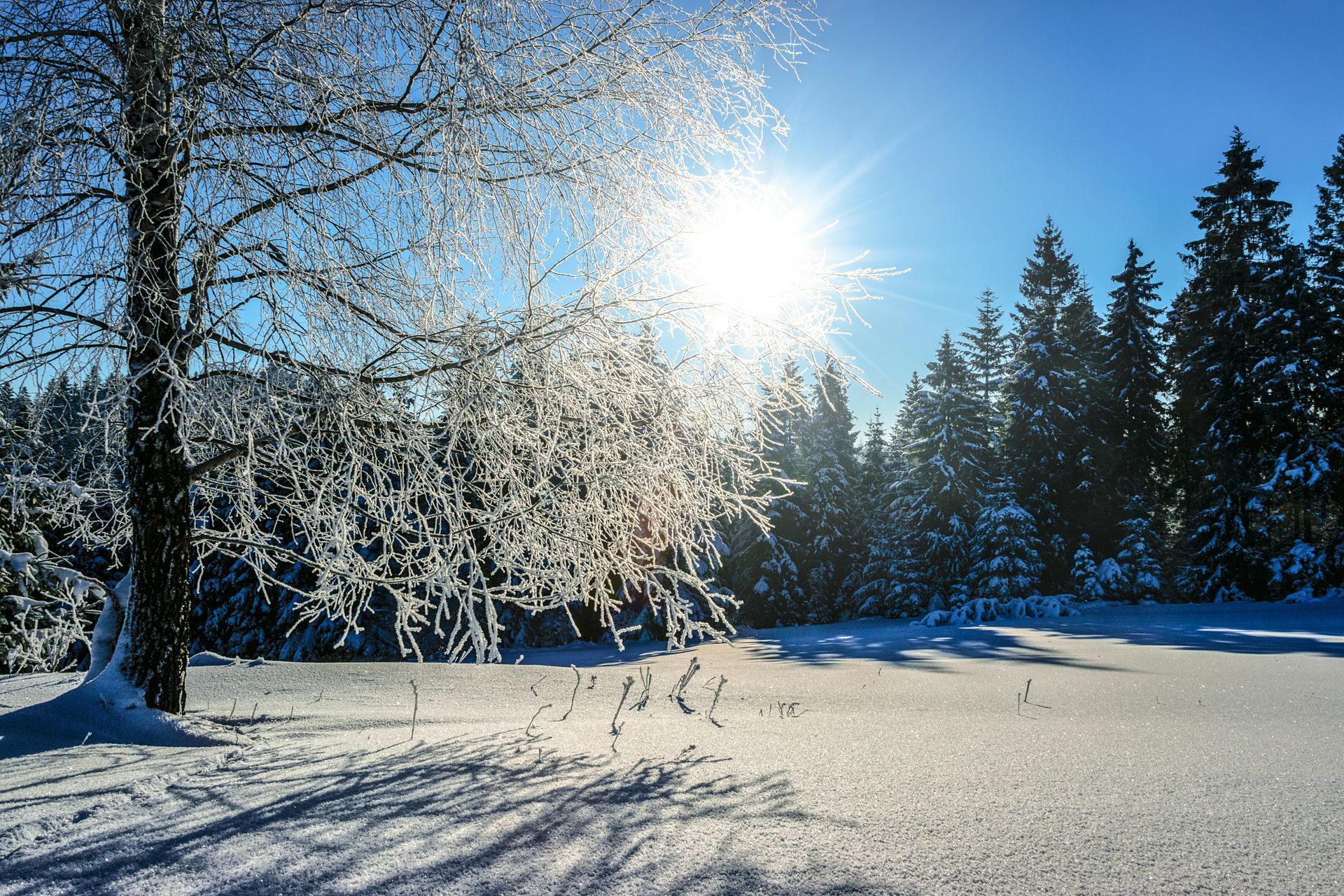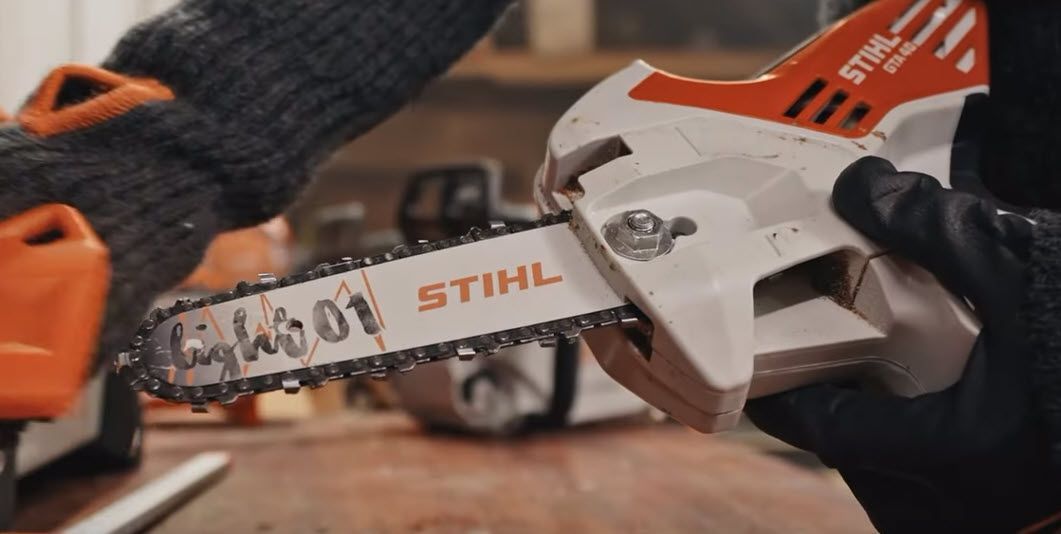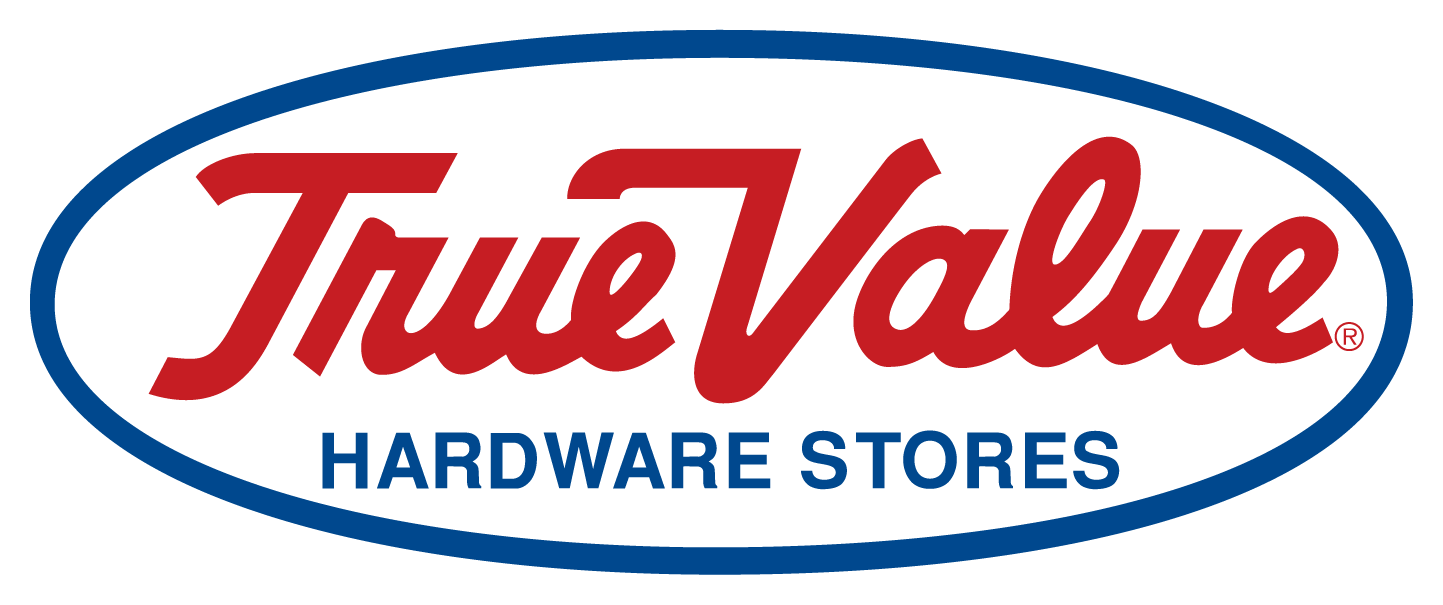
Blog Layout
Pressure Washing Your House
May 11, 2021
Selecting a Pressure Washer
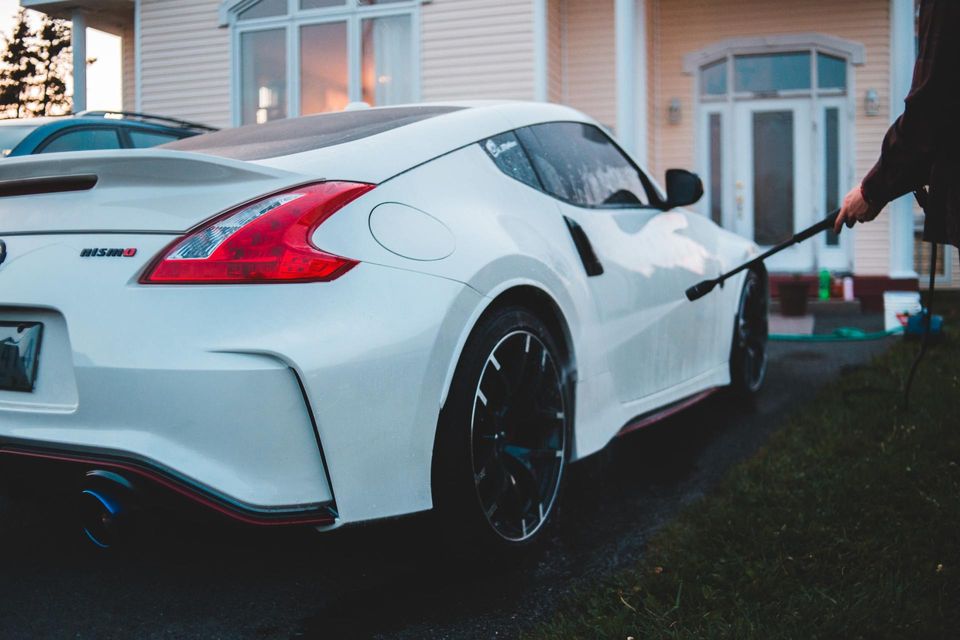
There are two types of pressure washers: gas-powered and electric. Gas-powered models are more powerful and mobile because they don’t require an extension cord. Electric models are usually less expensive and easier to carry and have a trigger-activated on/off feature.
Let the Cleaning Begin
A machine with a pressure level between 1,300 and 1,600 pounds per square inch (PSI) is good for general cleaning of your home’s exterior surfaces, such as siding, sidewalks, patios and patio furniture.
A machine with a pressure level between 1,800 and 3,000 (PSI) is for more serious work like stripping paint or stain off siding and decks. Some jobs could require more power though, so if you're not sure stop in and ask an expert at the Reedsburg True Value for advice, if needed. Shop at True Value Online Store
Get Prepared
Assemble washer, if needed, as directed by the manufacturer. Read instructions carefully before operating the washer.
Connect it to your water spigot with a garden hose. Be sure that the hose is not kinked and that the connection is tight. Loose connections can be dangerous under pressure. Squeeze the trigger of the washer wand to release any air inside before you turn on the water. For a gas-powered unit, fill the washer’s reservoir with gasoline to the recommended amount. For an electrical washer, connect the unit to power.
Activate Your Pressure Washer
Select a nozzle for the tip of the wand. Choose a nozzle that is appropriate for the job you’re doing. Check your owner’s manual for the appropriate suggested uses for each of the nozzles included with your washer. The included nozzles provide you with different amounts of pressure, from a narrow, laser-like stream to one a bit more powerful than a garden hose.
If you need to attach an extension wand to reach high or out-of-reach areas, do this before connecting the nozzle. Some home pressure washing jobs may require using chemicals or detergents. Add these before turning on the washer, as directed by the manufacturer.
Set the wand to off or low before starting up the washer to avoid losing control of the wand. Squeeze the wand trigger and then turn on the washer.
Be Safe!
Pressure washers expel water at great force and can cause injury. Do not aim at animals or people and be sure you are in control of the wand when the machine is activated.
- Don’t use a pressure washer while standing on a ladder.
- Wear safety glasses when using a pressure washer to avoid being sprayed in the eyes with debris.
- Do not clean windows or other glass surfaces with a pressure washer.
Before you begin, test the spray before hitting your target area. Stand at least 4' away and gradually move the point of the wand toward the desired area, making slow passes over it.
Stop and see if the area has been cleaned or stripped (if you’re using the washer to strip paint). If it is not, move closer and repeat. When you’ve found the ideal distance, begin cleaning again with slow movements of the wand until you’ve cleaned or stripped the area.
If you used a detergent or chemical, let the solution work into the area and then rinse with a water-only stream from the washer, or water from a garden hose.
You should always start with a lower pressure when unsure of the effects it may have on surfaces. You can then switch nozzles or change your standing distance to increase pressure, if needed.
It is not advised to hold the wand tip closer than 12" from the surface you are cleaning. The highest pressures from a washer can be damaging to siding, wood decks or similar surfaces if used incorrectly, while high pressure settings can be ideal for cleaning surfaces such as concrete.
If you’re cleaning an area with adjacent plants or patio furniture, move them or use tarps to protect them from the force of the spray and any detergents you may be using.
Helpful Tips
When spraying vertical surfaces, such as siding, start spraying at the top of the wall and work downwards so that dirt and debris washes down and won’t leave residue.
Point the wand at a downward angle to reduce direct pressure and prevent potential damage.
Use only biodegradable cleaning solutions to avoid ground contamination.
To Finish
When you’ve completed your home pressure washing, turn the washer off and then turn off the water at the spigot. Squeeze the trigger on the wand until all water has been expelled.
Disconnect the garden hose from the washer. After every pressure wash job, especially one where you used chemicals, it’s best to rinse surfaces with a garden hose to ensure that all dirt, debris and chemicals have been removed.
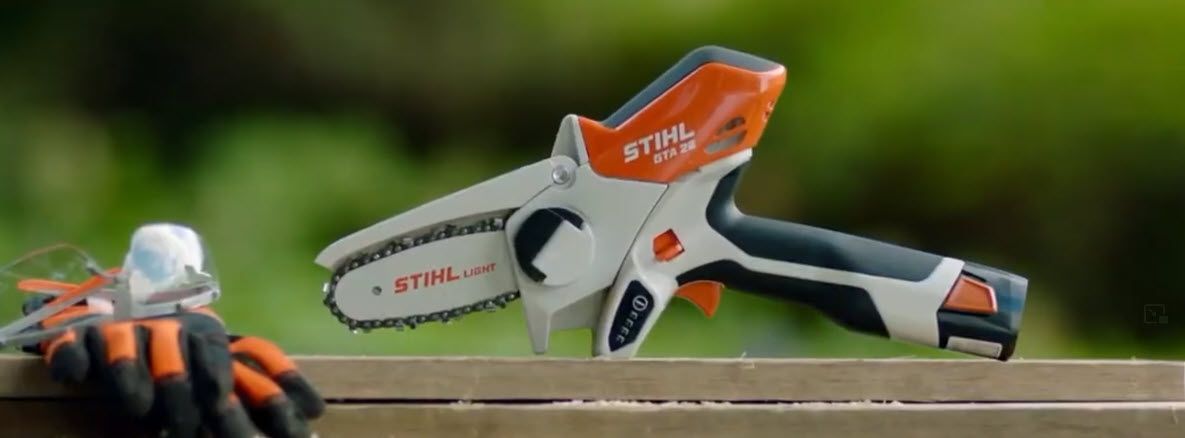
February 12, 2025
The STIHL GTA 26 battery-powered garden pruner delivers with power and precision to help you get your yard and landscaping ready for the spring and summer gardening season. STIHL products and outdoor power equipment available at Martens Reedsburg True Value Superstore (Authorized STIHL Dealer)
Martens True Value is located in the Viking Village Shopping Center just North of the Reedsburg Municipal Airport off Hwy 23/33
Business Hours
- Mon - Fri
- -
- Saturday
- -
- Sunday
- -
Mobile Click to Call
608-524-8999
Address
100 Viking Dr
Reedsburg, WI 53959
© 2025
All Rights Reserved | Martens Reedsburg True Value | Website Design by Target Marketing 360 | PRIVACY POLICY

